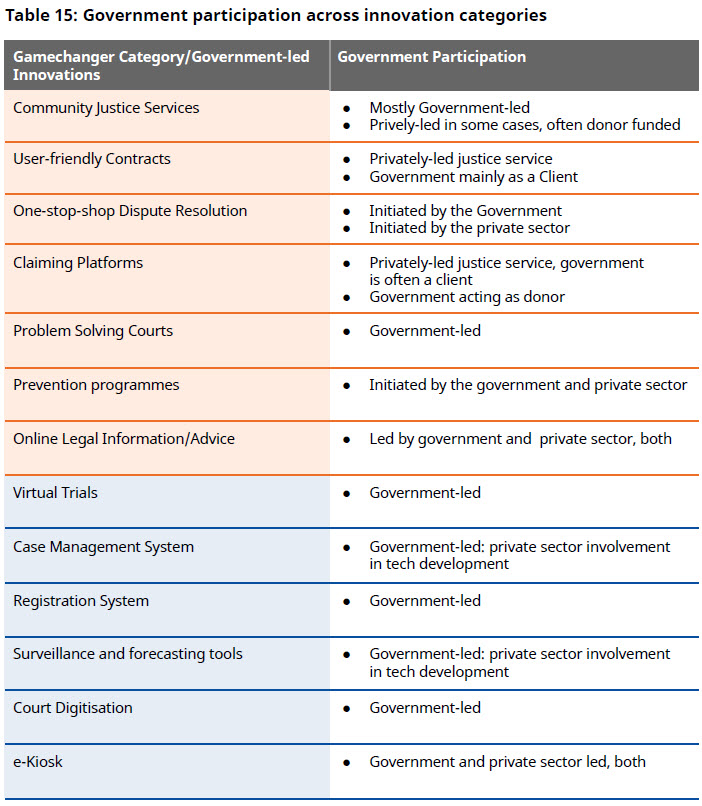Michigan Chief Justice Bridget Mary McCormack on the Transformative Possibilities of this Moment — from law.upenn.edu with Michigan Chief Justice Bridget Mary McCormack
Excerpt:
Bridget Mary McCormack is Chief Justice of the Michigan Supreme Court and is a leading voice on modernizing court systems to expand access to justice and deepen public confidence in legal systems.
On this episode, she joins us to share her thoughts on how courts can learn from the experiences COVID-19 has created to better serve the public in a post-pandemic world. She also shares her views on how regulatory reform can transform legal services and why improving legal systems matters for the entire American experiment.
Addendum on 12/13/21:
Ontario Court Lays Down the Law on Technology Competence and Video Proceedings — from legaltechmonitor.com by Bob Ambrogi
An Ontario judge has laid down the law on technology competence, ruling in no uncertain terms that every lawyer has a duty to keep pace with changing technology, and that a lawyer’s discomfort with new technologies — in this case, video depositions — is no excuse for reverting to pre-pandemic methods.












